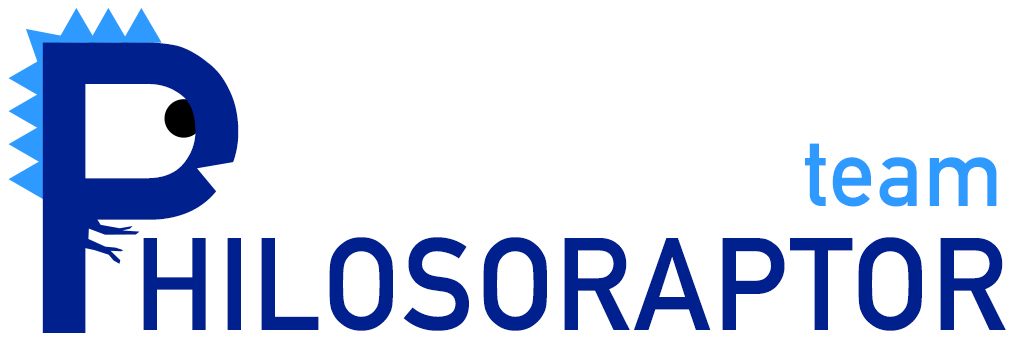On your marks!
By the time The Buccaneer Network launches it will already have a thriving community and the trust machine will be actively disrupting the industry. We will accomplish this in two ways. Firstly, we will take a page out of Stack Overflow’s playbook and build a solid community before the official launch. We will do so by inviting some of the most outspoken opponents of the incumbent operators to take part in our closed beta. At a very general level people automatically support that which they had a hand in creating. So by bringing in these vocal opponents, most of whom have well established blog followings, we will have the opportunity to learn from their experiences, given them some input into the development of The Buccaneer Network and allow them to invite further participants into the closed beta. In this manner, these people become invested in our success while we get to leverage their existing networks. The influence they have over development is then off course confined to The Buccaneer Network, while the trust machine itself will not be affected. For the record, Stack Overflow is currently the 53rd placed global website.
The second key to hitting the ground running is by gaining sufficient initial investment to allow us to employ all needed staff, secure office space and purchase equipment, all from the outset. Using Southampton as our intended base and including advertising spend, we project expenditure over the first three years to amount to £2,374,413, growing to £3,993,106 over the first five years (inclusive). This includes development time which, under this model, is estimated at 6 to 8 months. Of these figures £2,374,413 is the more relevant one as it corresponds with our timeline for reaching a size comparable to that of Warrior Forum. To contextualise this, Warrior Forum has (estimated) free cashflow to firm in the region of £150k to £230k per annum and has an Alexa page rank closing on the 6000 mark (113 times worse than Stack Overflow), but there is another big reason why it’s no Facebook. The high levels of dissatisfaction with its service combined with the naturally high levels of churn in the industry, mean that it has to continually attract new members just to maintain its standing. As a result, any new entrant could realistically outgrow it in short order, provided this new entrant addresses the very issues at the heart of our value proposition.
Momentum
Although the substantial initial investment can be justified by the expected performance of The Buccaneer Network, this is only one aspect of the plan. The second, as previously stated, is to rent out access to the trust machine. This will be a stable and recurring revenue stream which puts the entire venture’s earning potential well above that of those only offering social networking services. The rental fees set for the first one or two clients may be lower in order to attract well-known brands as early adopters, there after we will charge a fee of £1000 per month per client with up to 100 000 users on the client’s system. Thereafter the fee increases at a rate of £700 per 100 000 additional users. This means that a platform with 1 million users would pay £7,300 per month or £87,600 per year.
In the event that we need to license intellectual property in terms of algorithms (such requirements vary from country to country) we will aim to negotiate a profit share deal linked directly to the performance of this second revenue stream. Such deals will therefore not impact on the initial cost calculations for The Buccaneer Network. A further implication is that any such licensing fees would be the only additional cost attached to the trust machine’s revenue stream since The Buccaneer Network’s operations would already have covered all other costs.
Breakdown
We will employ a total of 16 staff members including 4 Exco members, 2 c#/.net developers (1snr), 1 SQL specialist, 3 systems testers, 2 web developers, 1 database developers and 3 application developers. We will also have to rent office space, certain software packages, server space and business grade (with support) internet access. Some of these service costs will be mitigated by using scaling services such as those provided by Heroku.
Total cost for recurring expenses at 3 years: £2,140,483 and at 5 years: £3,759,176.
We will also need to purchase PC’s, some laptops, peripherals and an in-office server. These costs are only projected over the first three years as they include initial purchase as well as replacement at the three-year mark.
Total cost for fixed expenses over the first 3 years: £233,930
The third way
We briefly discussed the build it and flip it option in part 1 of the business strategy and here in part two we looked at our preferred approach, but there is also a third option. We could instead tackle the full project on a shoe string budget, working from home with a team of two or three friends, taking equity instead of upfront pay. This would swap time for costs, in as much as the project would then cut its two main expenditures (staff and office space) by taking longer to develop. We estimate a markedly less rounded but still functional prototype could be ready in 12 to 15 months. However, we would still at that point need to increase our staff compliment as we would otherwise run the risk of our beta testers being confronted with a substandard service offering and given their importance in the planned roll out, this could be disastrous. This approach could also further mitigate expenses by using free software and cheap templates as far as possible, but this too would impact negatively on the final project.
In summation then, this third approach could be substantially cheaper but would run a much higher risk of failure.
